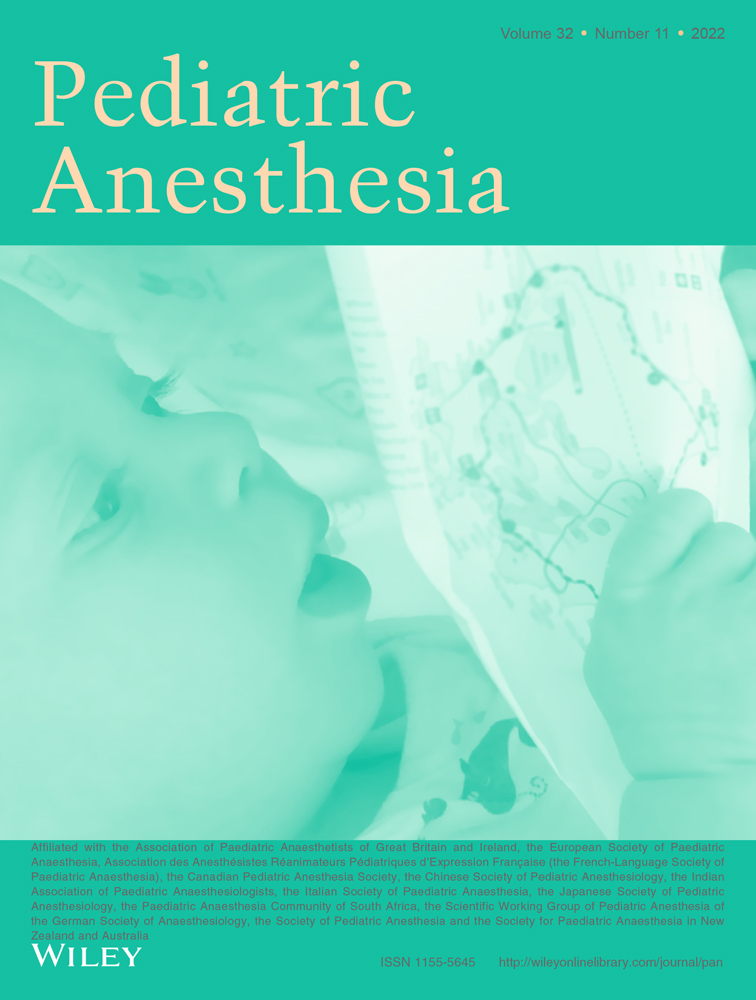The emergence noise reduction quality improvement initiative to enhance patient safety and quality of care
Section Editor: Dean Kurth
Abstract
Background
Operating room noise levels may hinder staff communication and cause distractions for providers, endangering patient safety. Owing to concerns of unacceptable noise levels during emergence from general anesthesia, our institution developed a quality improvement project. The SMART aim of this initiative was to decrease the average decibel noise level measured during emergence from general anesthesia in our operating rooms from 65.65 to 63 decibels and the maximum decibel noise level from 81.64 to 75 decibels over approximately 3 months.
Methods
A multidisciplinary team completed this project utilizing improvement science methodology from The Model for Improvement, including interventions tested via Plan–Do–Study–Act cycles. Data were measured, collected manually, and entered in an Excel spreadsheet. Data were analyzed using statistical process control methods, including a Run Chart. Our measures were the average and maximum decibel noise levels during emergence from general anesthesia.
Results
Several interventions were associated with a decrease in the average and maximum decibel noise levels. Interventions included educational presentations to perioperative staff; the operating room nurse taking the role of pausing any music; and the utilization of an audible and visual decibel alarm meter to sound and blink lights when the noise level is too high. During the initiative, the average (and maximum) decibel noise levels during emergence from general anesthesia in our operating rooms decreased from 65.65 (81.84) to 61.5 (76.44).
Conclusions
This improvement project was associated with a decrease in decibel noise levels during emergence. We enhanced a process and encouraged culture change at an academic pediatric hospital to enhance the safety of our care.
CONFLICT OF INTEREST
The authors report no relevant conflicts of interest.
Open Research
DATA AVAILABILITY STATEMENT
The data that support the findings of this study are available from the corresponding author upon reasonable request.




